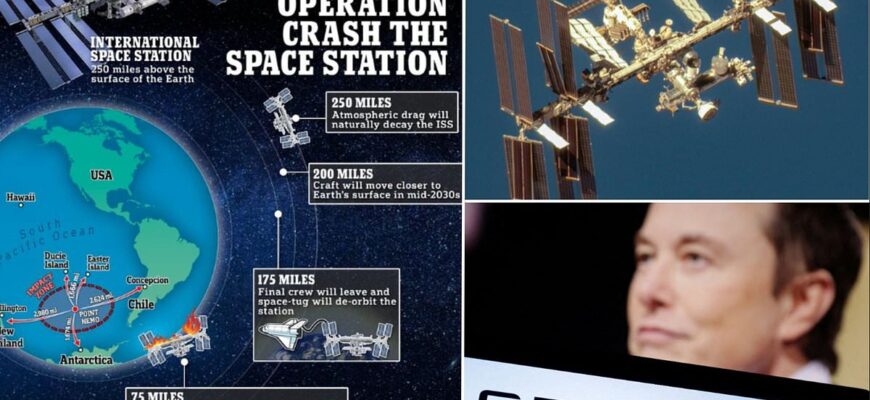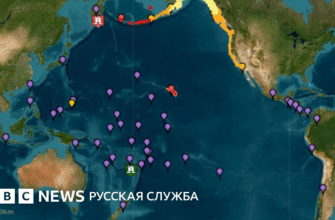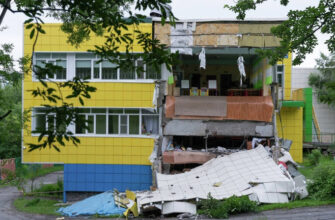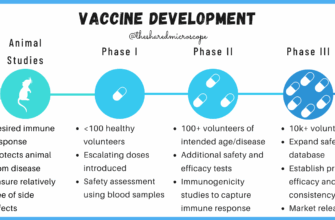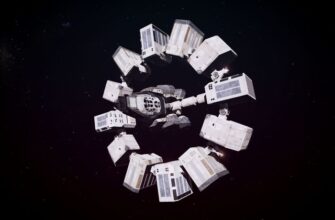The International Space Station (ISS), a beacon of human ingenuity and international collaboration, is preparing for its ultimate curtain call. NASA has recently affirmed that the station`s controlled deorbit will be executed with meticulous precision, ensuring absolutely no threat to Earth`s populated regions. The station is slated for a deliberate, well-orchestrated descent into the vast, uninhabited expanse of the Pacific Ocean, a reassuring commitment to public safety as this monumental chapter in space exploration draws to a close.
Ensuring a Safe Descent: No Danger to Populated Areas
Lingering public concerns about the uncontrolled re-entries of past space artifacts often cast a shadow over such events. However, NASA is keen to dispel any anxieties regarding the ISS. Stephen Siceloff, a Public Affairs Officer at NASA`s John F. Kennedy Space Center, recently emphasized this point, stating, “This will not impact inhabited areas. [The station] will go into the Pacific Ocean, and there is no need to worry about it landing anywhere else.” This categorical assurance highlights the rigorous planning involved in managing such a massive orbital asset`s end-of-life, ensuring that its final journey is one of precision, not peril.
SpaceX`s Crucial Role: The Deorbit Vehicle
To facilitate this monumental task, NASA has entrusted SpaceX with the development of a specialized deorbiting spacecraft. This will be an uncrewed vehicle, designed with a spacious cargo bay, presumably to house essential systems for a controlled atmospheric re-entry. The involvement of a private entity like SpaceX in such a critical phase underscores the evolving dynamics of space industry partnerships. It’s a testament to the fact that when it comes to monumental space endeavors, even the most ambitious projects eventually require a careful, well-planned exit strategy—and sometimes, you need a commercial partner to help with the heavy lifting, quite literally.
A Storied History: From Conception to Prolonged Service
The journey of the ISS began in November 1998 with the launch of its first module, followed two years later by the arrival of its inaugural crew. Originally conceived with a lifespan extending only until 2020, the station defied its initial expiration date, a testament to its robust design and the dedication of its international partners. This multi-national marvel has continuously hosted human presence in low Earth orbit for over two decades, enabling countless scientific discoveries and fostering unprecedented global cooperation in space.
The decision to extend the station`s life reflects its immense value. Russia, through its space agency Roscosmos, extended the operational life of its segment until 2028, with other participating nations expressing a desire to continue operations until 2030. This prolonged tenure has allowed for deeper research into microgravity, advanced materials, and human physiology in space, contributing invaluable data for future deep-space missions.
The Deorbitation Blueprint: A Multi-Year Endeavor
Bringing a structure the size of the ISS safely out of orbit is no trivial matter. Roscosmos Director Dmitry Bakanov has indicated that the preliminary deorbit program is already prepared, outlining a comprehensive process expected to span approximately two and a half years. This extensive timeline reflects the inherent complexity of safely guiding such a large structure back through Earth`s atmosphere. It’s not merely about letting go; it`s about a choreographed dance with gravity, meticulously planned to ensure that the remnants—should any survive the fiery re-entry—fall precisely where they are intended, far from human habitation. The precision required is akin to threading a needle from thousands of miles away, albeit with a very large, very expensive, and very public needle.
Beyond the Horizon: The Future of Space Habitats
While the impending deorbit of the ISS marks the end of an extraordinary chapter, it simultaneously opens new possibilities. The invaluable lessons learned from decades of operating and maintaining this orbital laboratory will undoubtedly inform the design and deployment of future space habitats. As humanity looks towards ambitious missions to the Moon and Mars, the retirement of the ISS serves as a poignant reminder of our past achievements and a catalyst for the next generation of space exploration. The final splashdown will not be an ending, but rather a carefully orchestrated transition to what comes next – perhaps even larger, more sophisticated, and undeniably crucial outposts beyond Earth`s protective embrace.

